You know that feeling when you’re trying to have a peaceful morning coffee, and your furry best friend gives you “the look”? That sideways glance that somehow speaks volumes? Well, turns out our dogs are master communicators, even when they’re keeping their mouths shut. While barks and growls are pretty obvious signals, dogs have an entire silent vocabulary that many of us miss completely.
The Telltale “Whale Eye” – When Those Puppy Dog Eyes Aren’t So Sweet

When you see the whites of your dog’s eyes, also known as “whale eye,” it’s actually a signal that they’re feeling anxious or stressed in a situation. It’s like your dog’s way of giving you the side-eye when they’re uncomfortable.
You might see this when you pat your dog on the head, or when they’re afraid someone will steal a bone or toy. Next time you notice those crescent-shaped white crescents around their eyes, take a step back and give them some space. Your pup is basically saying “I’m not cool with this right now” without uttering a single bark.
Turning Away – The Canine Cold Shoulder
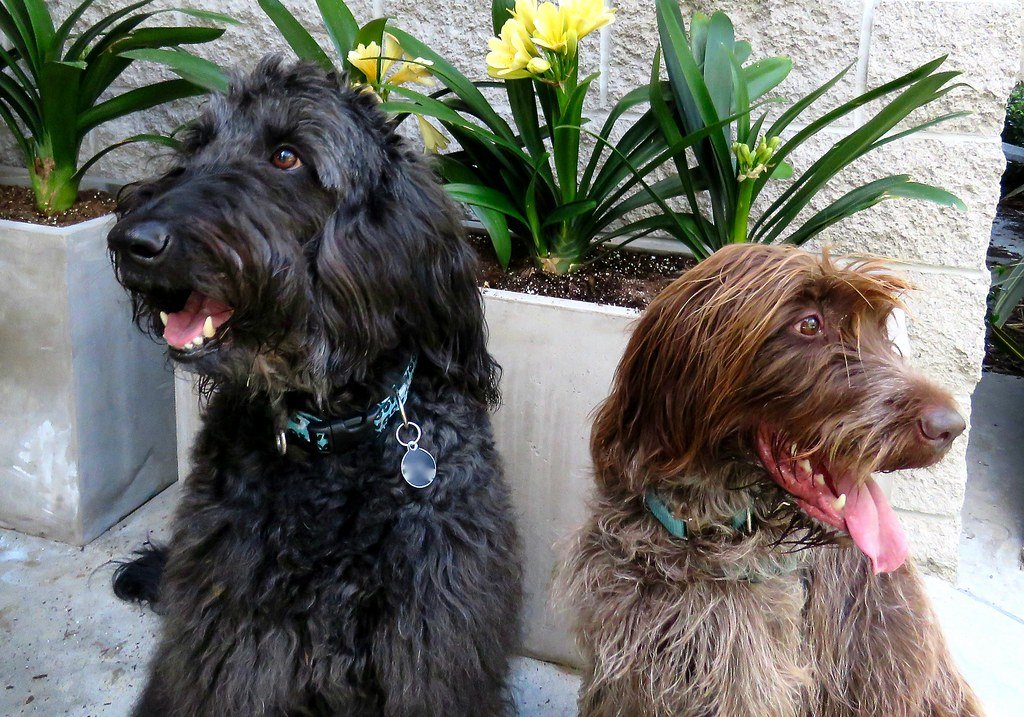
Stressed dogs often avoid eye contact or look away, and this is most commonly seen in a dog that seems “guilty,” though the dog is actually reacting to your voice and body language. That guilty look isn’t actually guilt at all.
When guardians think a dog turning away is “blowing them off,” they often intensify their demands, which is exactly what the dog is trying to avoid. It’s like a reset button. Sometimes your dog just needs a mental break from whatever’s happening. Instead of pushing harder, respect their need for space.
Excessive Lip Licking – Not About Food This Time
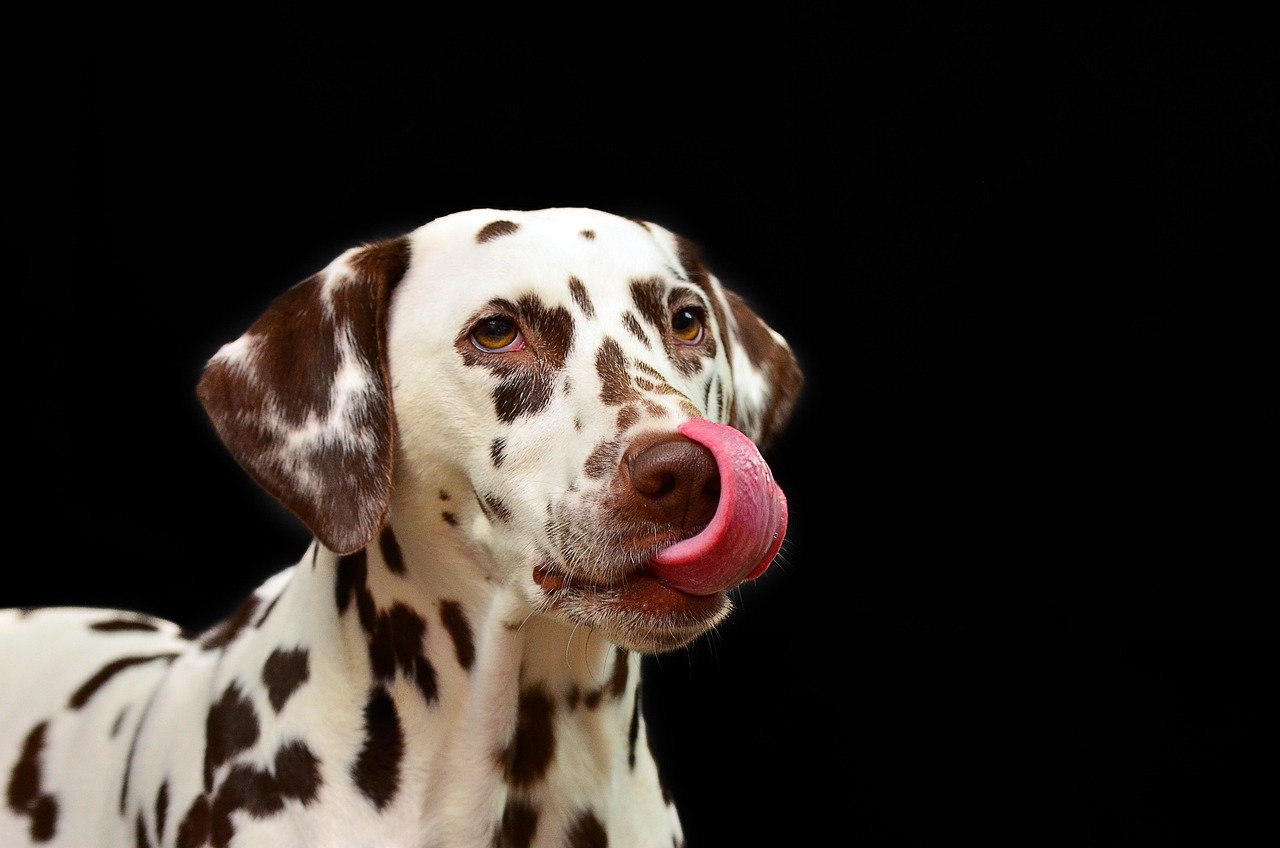
When a dog is anxious, she will often quickly stick out her tongue and lick her lips. It’s usually just a fast, little flick. This is one of the most common signals. Think about it like nervous lip-biting in humans.
The top three calming signals owners should be on the lookout for are lip licking, yawning, and shaking off. During everyday interactions, they can be big signs that your dog is being stressed in some way. If your dog suddenly starts doing that rapid tongue-flick thing and there’s no treat in sight, they’re probably feeling overwhelmed.
Yawning When They’re Wide Awake
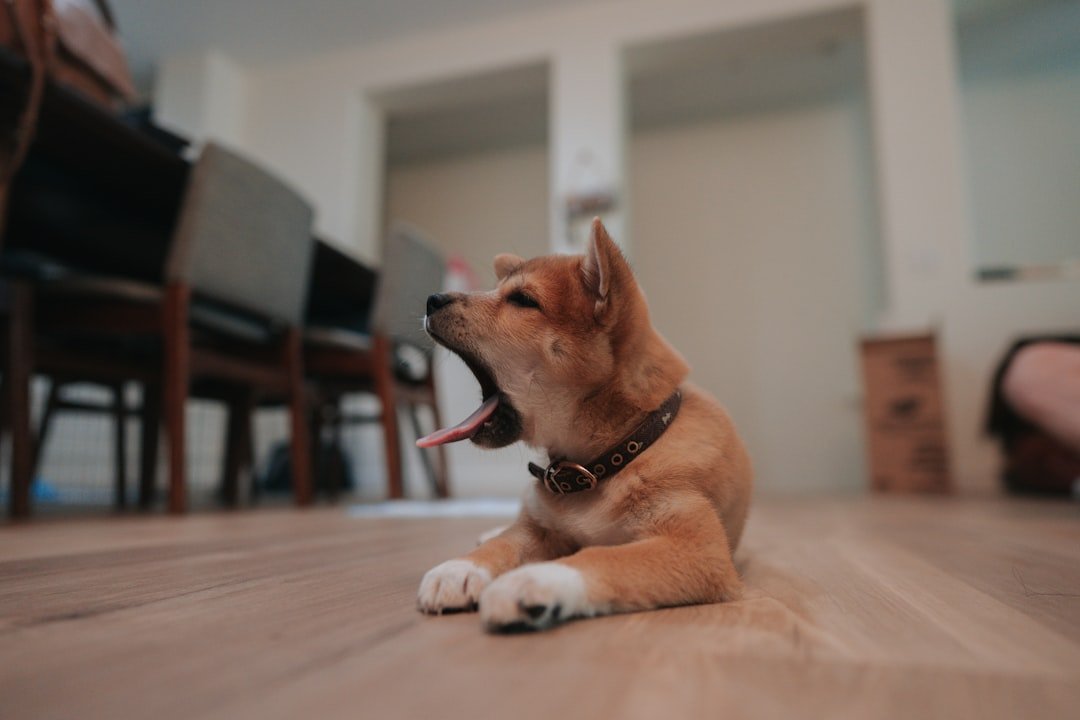
Yawning can be a sign that a dog is tired, but can also signal that she is stressed in a particular situation. This is often mistaken for contentment, like when a dog is surrounded by kids and lets out a big yawn.
An out of context yawn when a dog is well rested is a common displacement behaviour and may be a sign that your dog is overwhelmed or stressed. It’s their way of trying to calm themselves down when things get a bit much. Watch for timing – if your energetic pup suddenly starts yawning during playtime with new dogs, they might need a breather.
The Full-Body Shake-Off
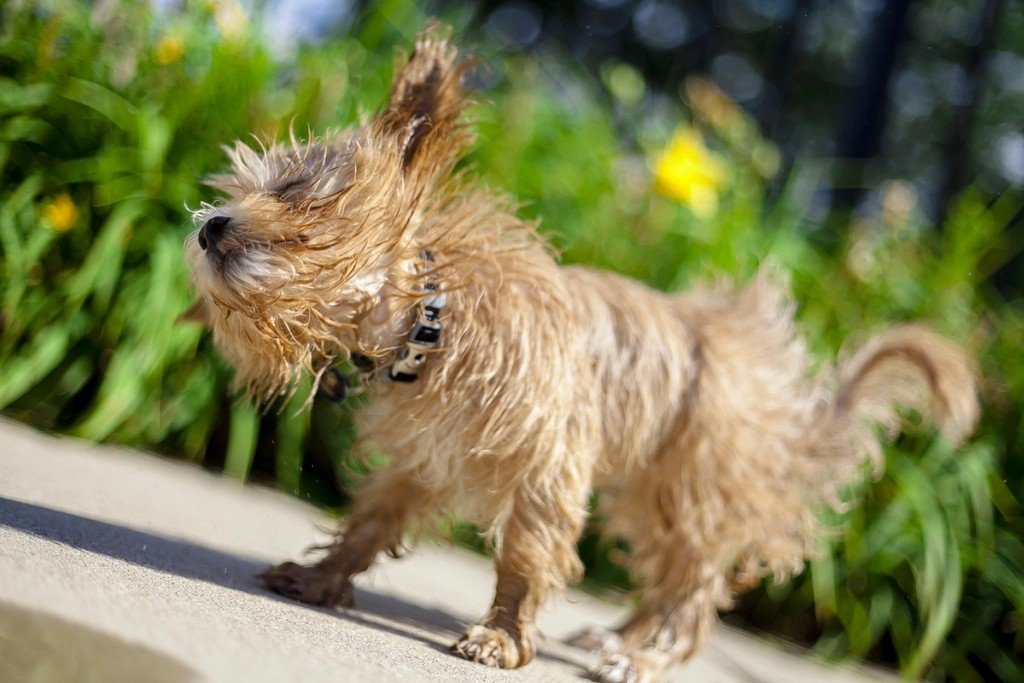
The dog does a full-body shake-off, as if she were wet. It often happens just after a stressful interaction. Pay attention – it happens more often than you might think. Reboot! This is like your dog’s way of literally shaking off the stress.
You might see your dog give a full-body shake. Think about what was happening just before they did this, as it’s likely that they found it challenging and are now ‘shaking it off.’ It’s actually a healthy coping mechanism, but it tells you something just made them uncomfortable.
Sudden Scratching or Self-Grooming
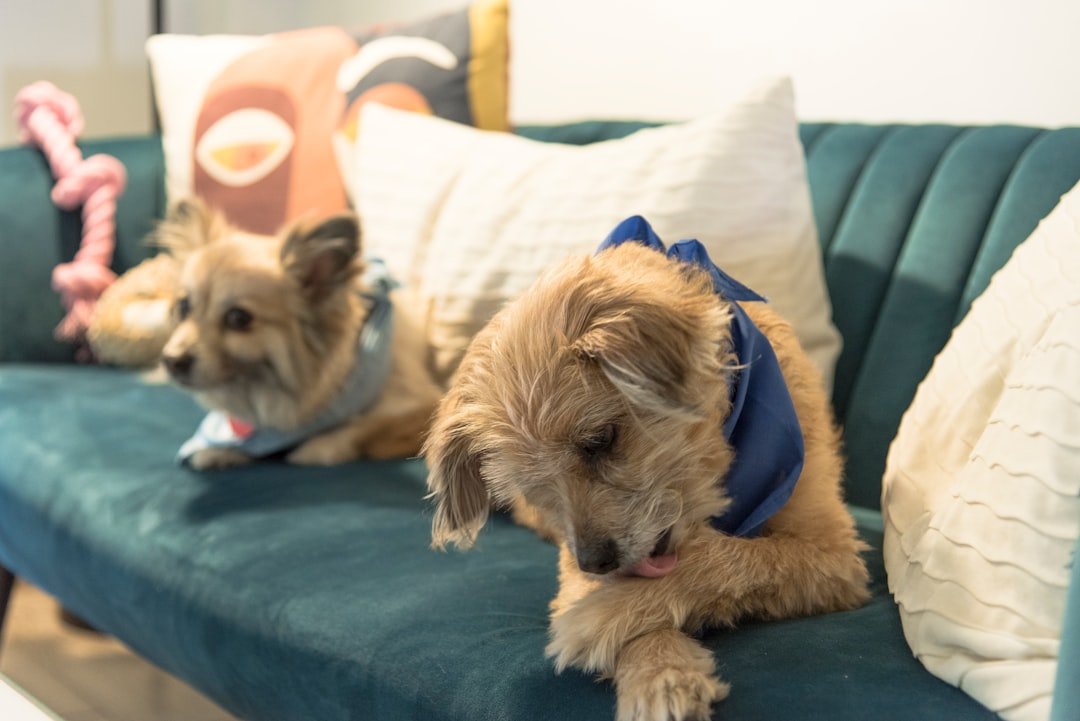
Displacement behaviors like yawning, lip licking, and sudden scratching often indicate stress responses. When these behaviors appear during interactions, particularly training sessions, they suggest your physical communication may be creating anxiety.
Excessive grooming, like licking paws or fur over and over in a repetitive way can signal your dog is trying to self-soothe. Think about how people might fidget with their hair when nervous. Your dog might suddenly start grooming themselves when they’re feeling unsure about a situation, even if they don’t actually need cleaning.
Freezing or Going Stiff
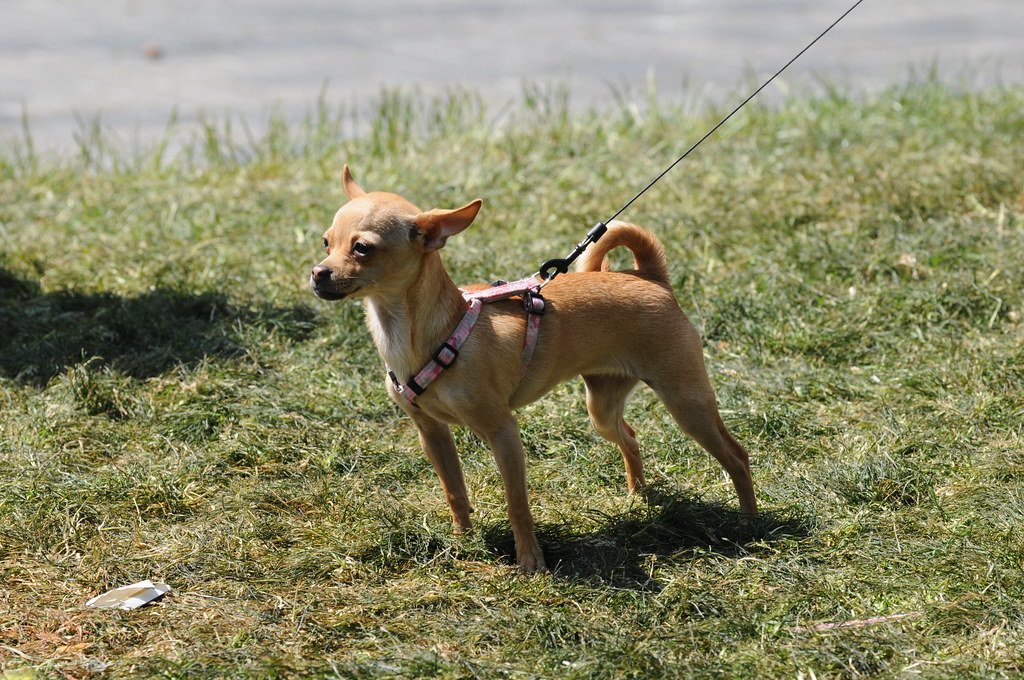
Dogs typically freeze right before they snap or bite. Tension can cause a noticeable stiffness in leg, body, and tail movements. This is your dog’s equivalent of holding their breath.
When your normally wiggly dog suddenly becomes statue-still, they’re saying “I’m really not okay with this.” If the dog’s body is stiff with their body positioned forward, and their ears are up or forward, proceed with caution. You might need to help diffuse a situation. This is one signal you definitely don’t want to ignore.
Panting When It’s Not Hot
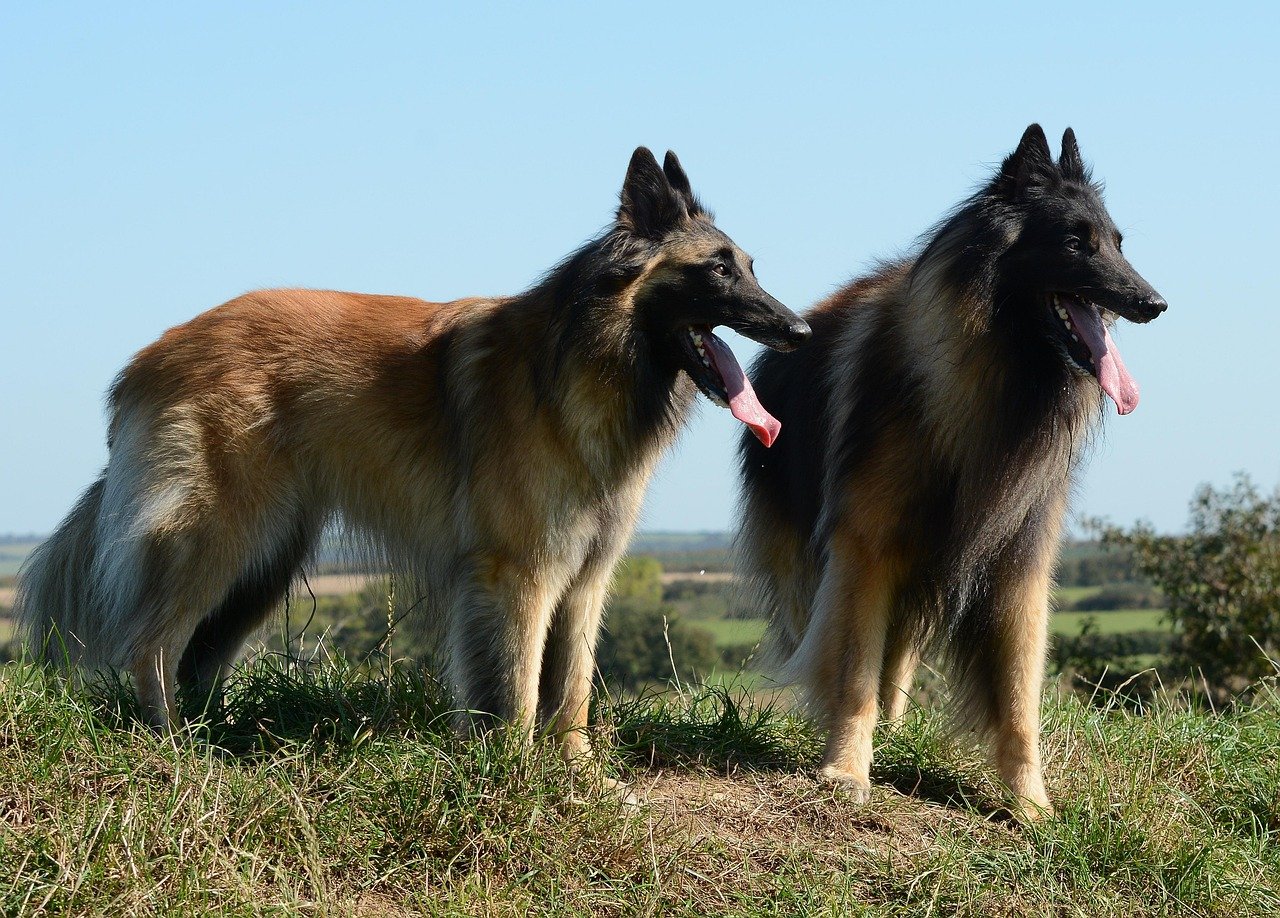
Dogs pant to cool themselves, but panting can also be a sign of stress, particularly rapid panting accompanied by a tight mouth with stress wrinkles around it. Some dogs will start to pant completely unrelated to temperature or exercise. Unsure dogs might also tremble or shiver even when they aren’t cold.
Raspy, dry-sounding panting occurs because nervousness reduces saliva production. If your dog is panting heavily in your air-conditioned house after just lying around, something’s probably bothering them. Pay attention to the quality of the panting too – stressed panting sounds different from “I just ran around the yard” panting.
Conclusion
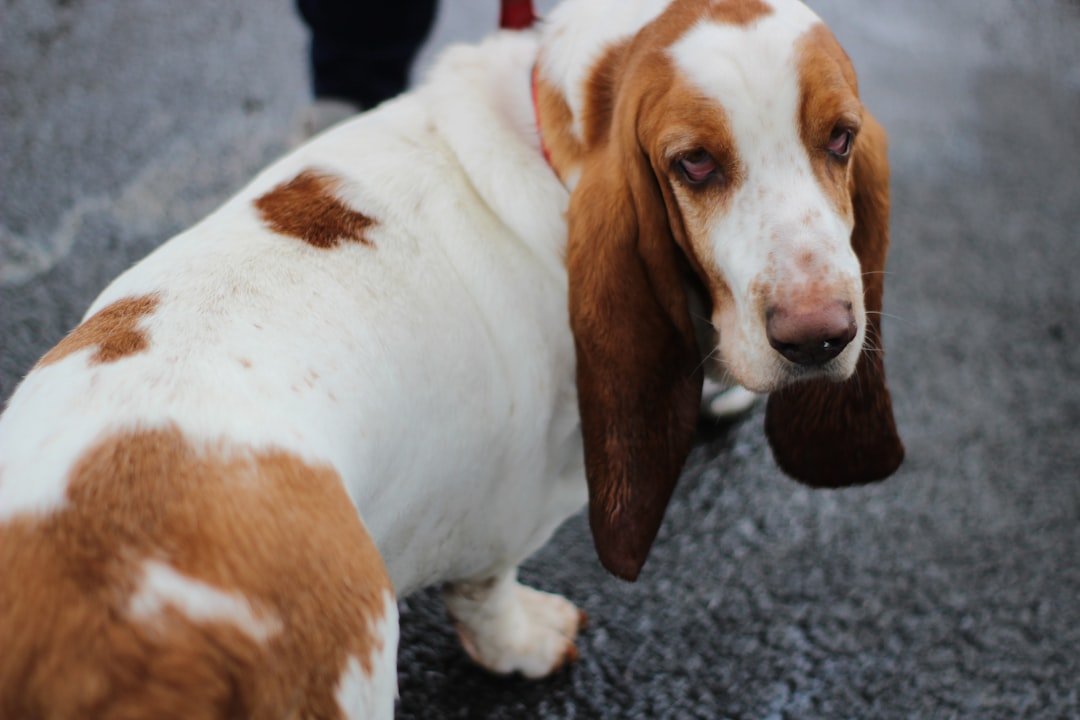
Learning to read your dog’s silent signals is like unlocking a secret language that’s been there all along. Your dog is “talking” to you all the time. If you learn what your dog is saying, you will develop a deeper bond of trust and respect. Plus, your newfound understanding can help you predict their behavior and prevent problems before they arise.
The beautiful thing about understanding these quiet communications is that it makes you a better advocate for your four-legged family member. Be your dog’s advocate by interpreting and heeding their calming signals. If needed, retreat with your dog or take other actions to ease tension.
Remember, every dog is unique in how they express themselves, so spend time observing your particular pup’s patterns. Once you start noticing these subtle signs, you’ll be amazed at how much your dog has been trying to tell you all along. Did you expect your furry friend was such a chatterbox, even in silence?

Born and bred in South Africa, a Capetonian at heart. Amy-Leigh’s love for nature and animals was inherited from her Dad. He loves taking the family on road trips to experience nature at its finest; Amy-Leigh’s favourite being whale watching in Hermanus and spotting Kudu along the West Coast. Amy-Leigh holds a BA in English Literature and Communication Studies.





